We’re nearly halfway through 2019, and unless you’ve been in a cave or under a rock, you understand that the environmental market is exploding right now. I have been in the environmental industry for 32 years (wow that’s a long time), and I do not believe I have ever experienced this much activity. The size, scopes, and complexities of our current projects are overwhelming. J.F Brennan Company (Brennan) is extremely fortunate to have a very busy, robust workload this year with some exciting projects underway, and more that are set to begin once fish windows open. Based on our own surplus of work and activity, I wanted to share my observations and discuss the current state of the environmental community from a dredging contractor’s perspective.
- Environmental
- Marine Construction
- Dam Construction
- Harbor Management
- Railroad

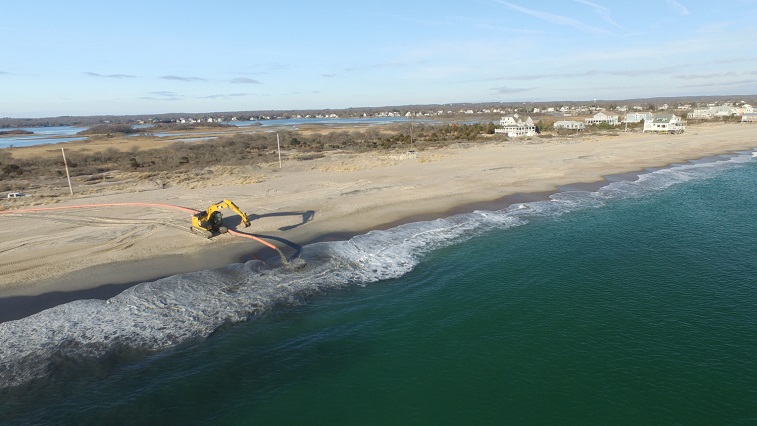

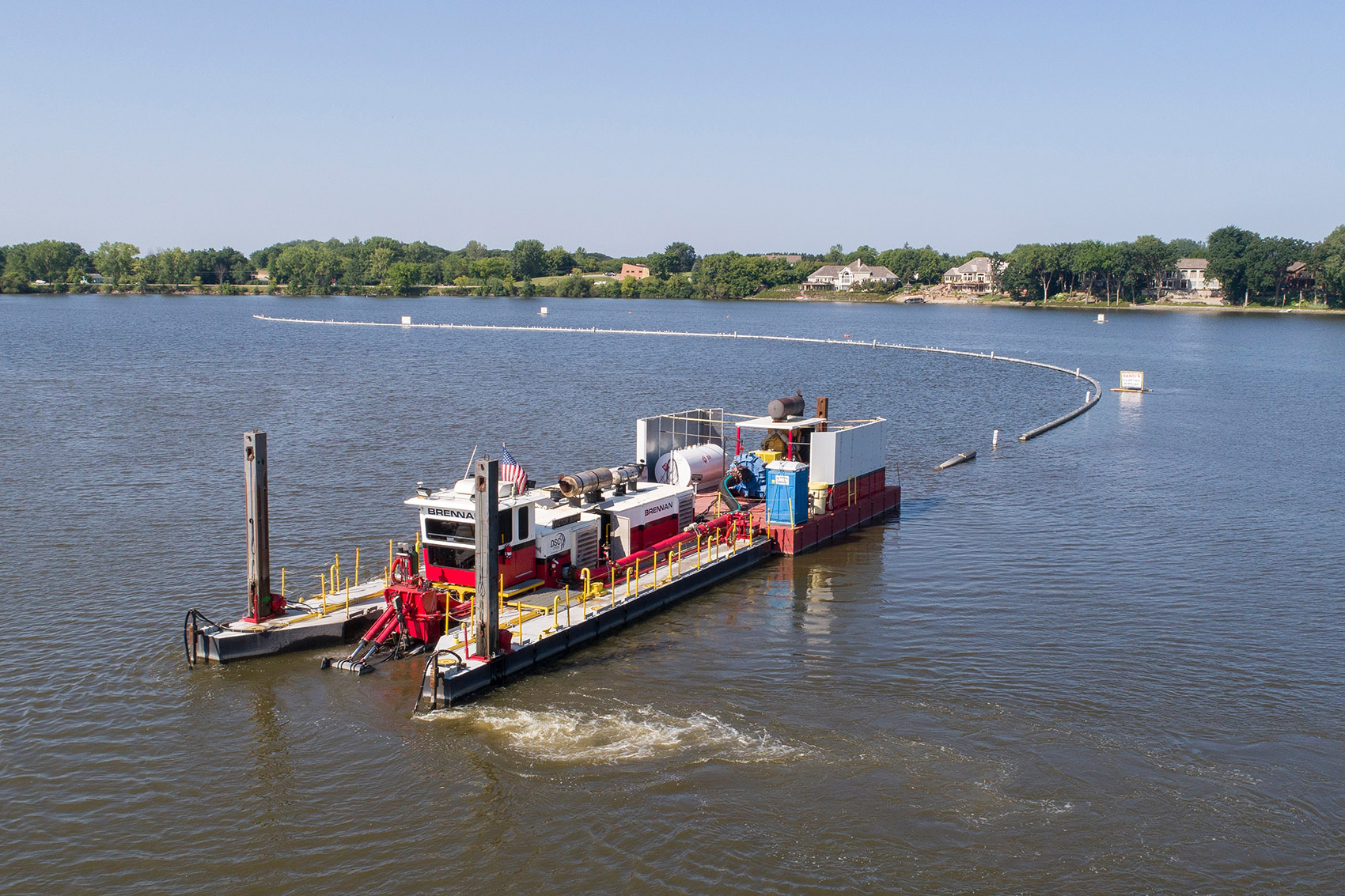
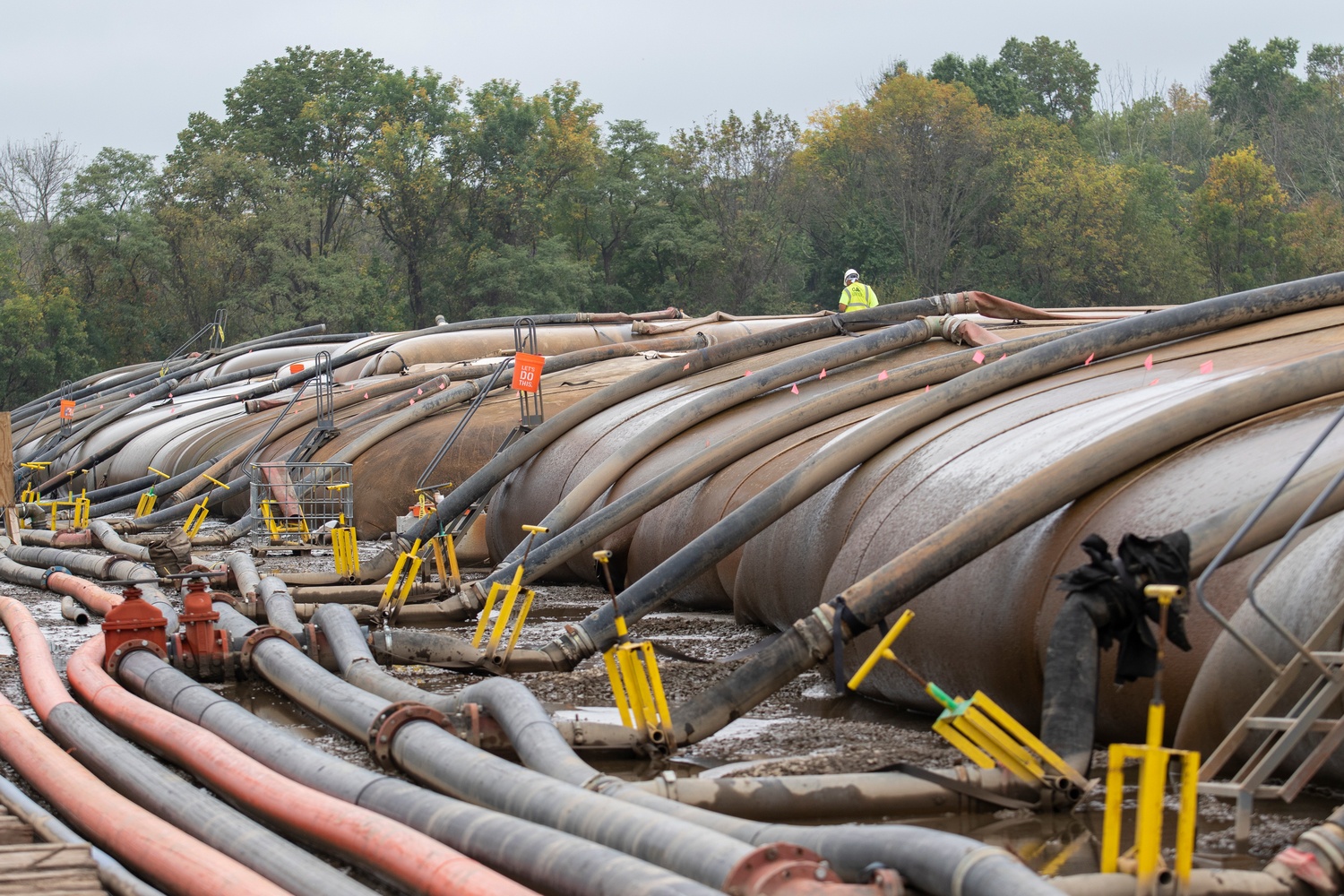
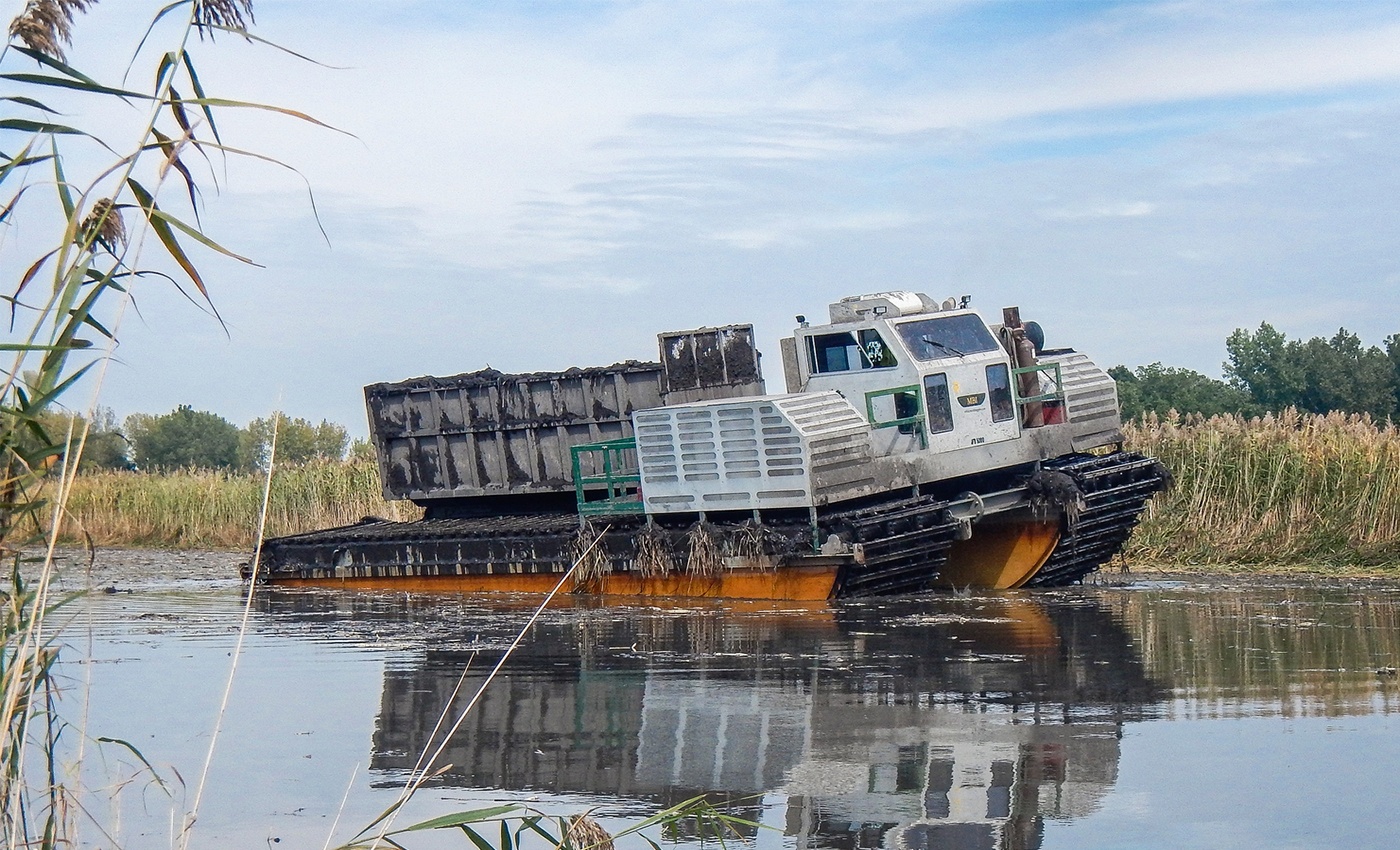
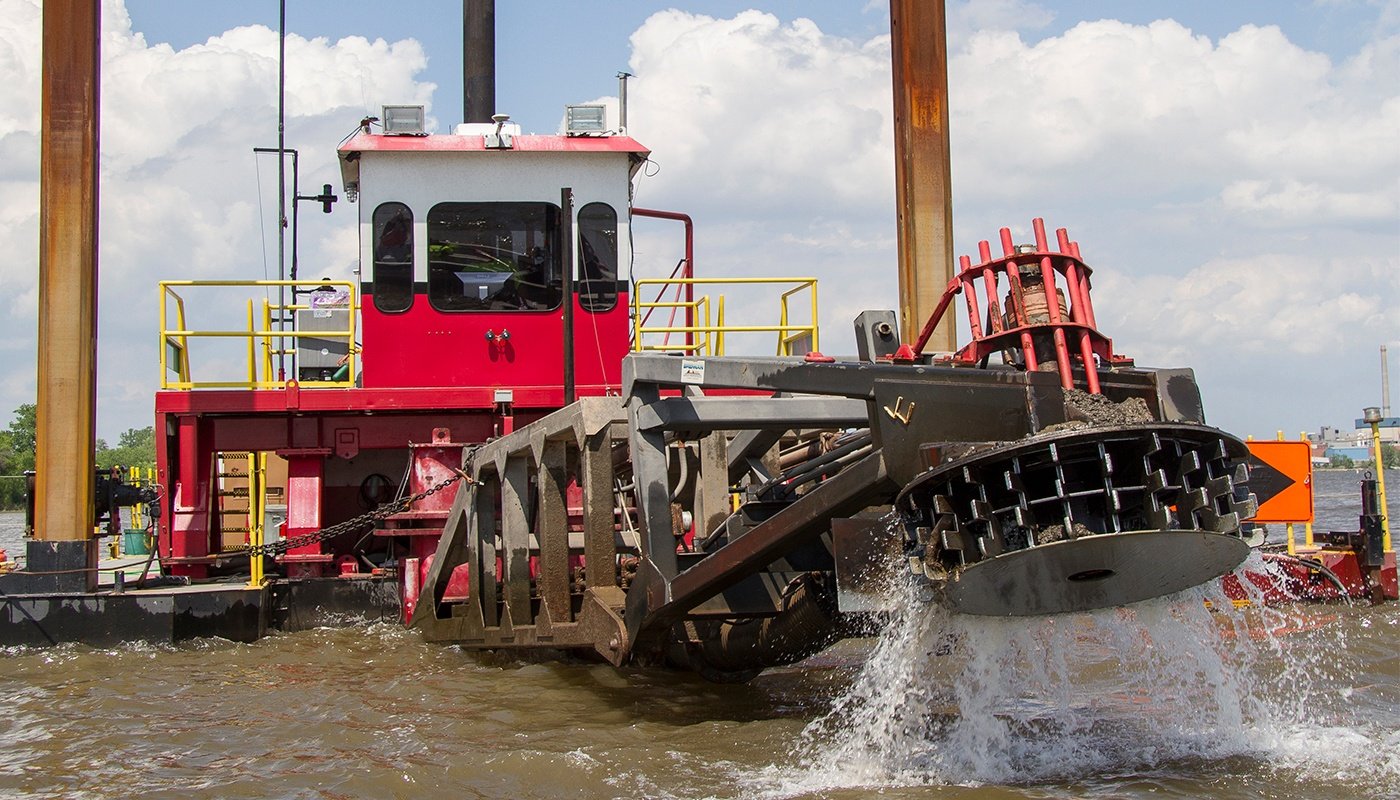
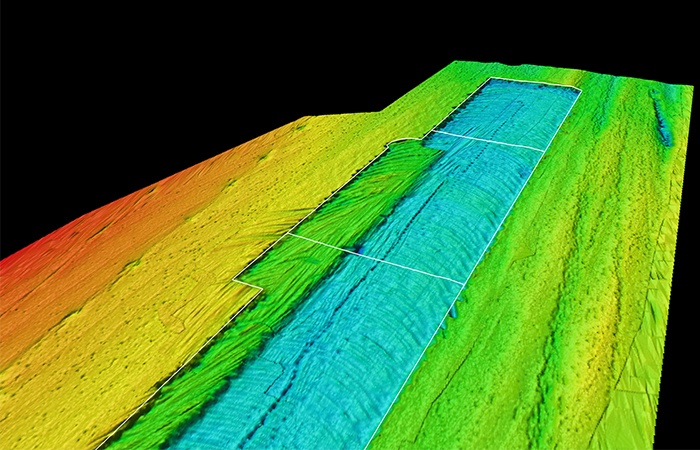
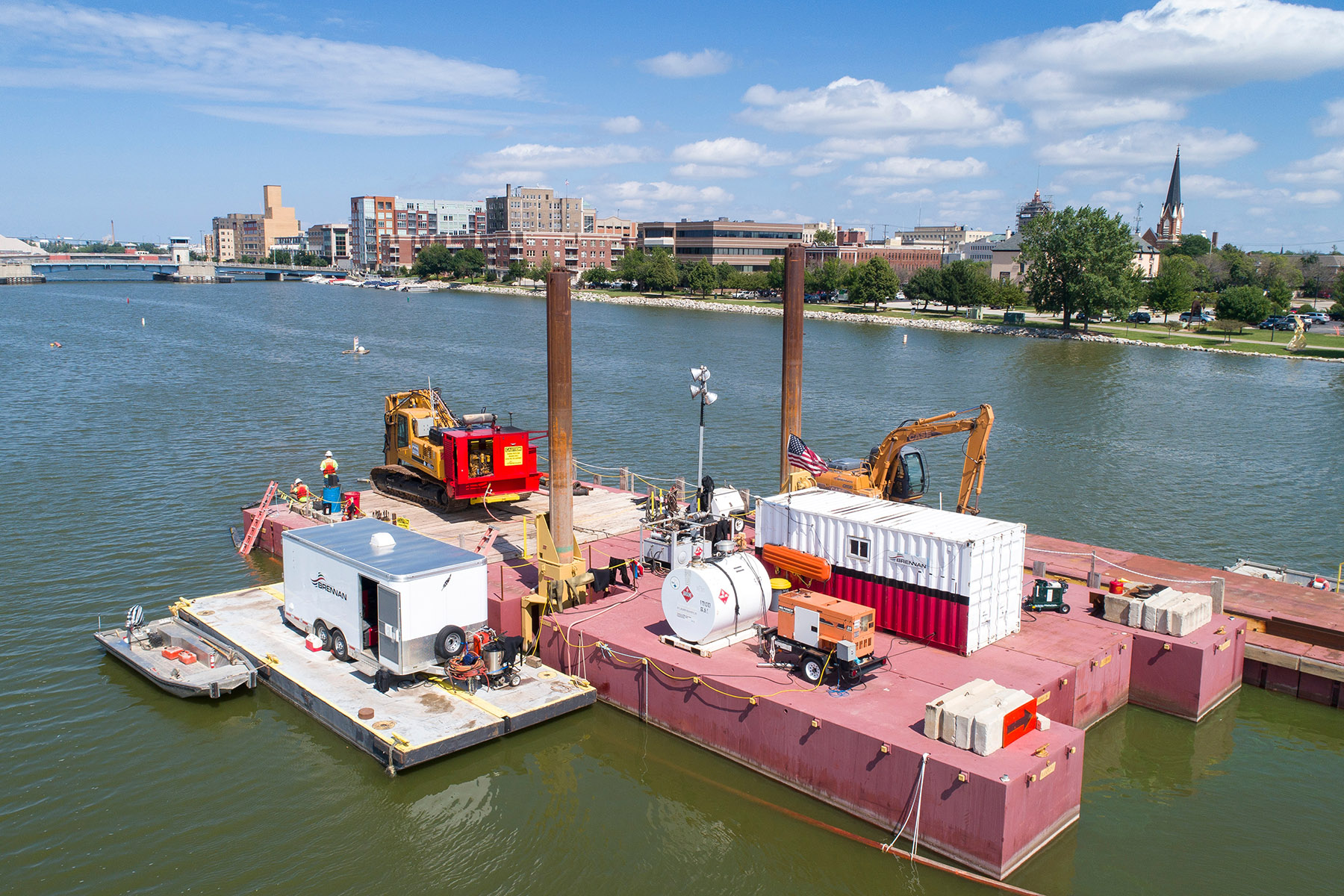
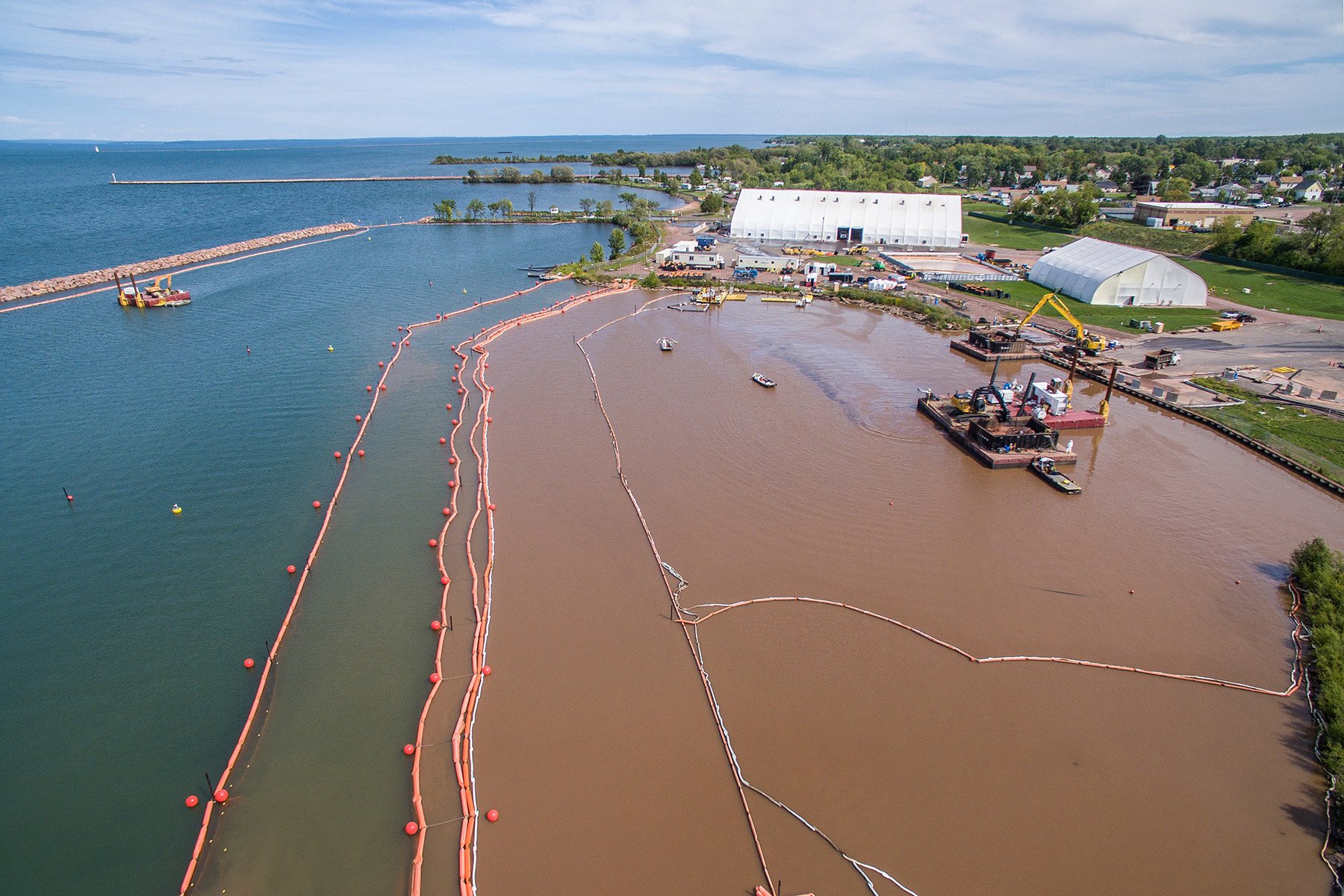
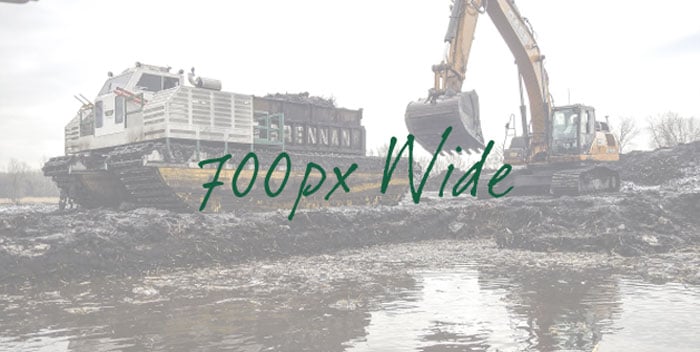
 Newer Posts
Newer Posts